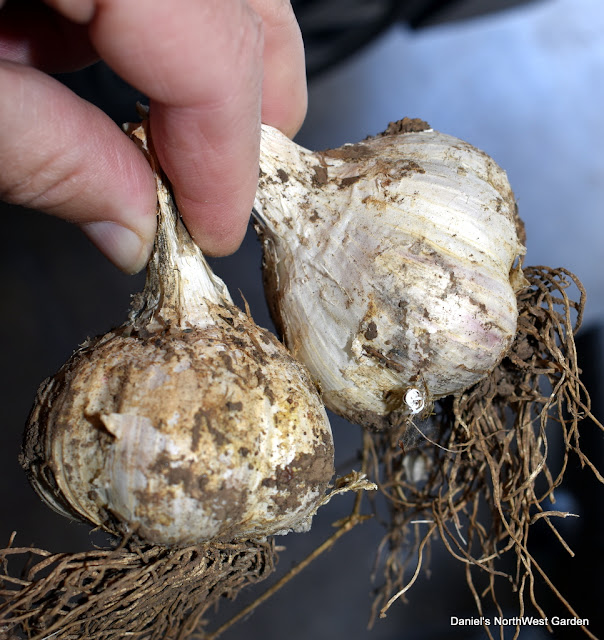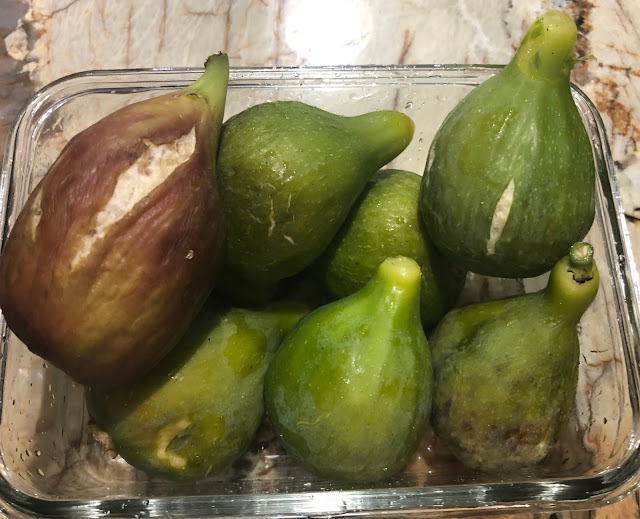I haven't taken photos of the harvests. The garlic is all harvested, and we have been digging lots of potatoes. Beans are doing well.
Here are some flowers. This flower bowl with dianthus, petunias, and others, is doing well.
Many of the honeybee flowers are done. The most activity now is on a few remaining poppies, oregano, and a few onions. That's not enough to sustain the bees. I planted the garlic bed, about 4 by 8 feet, with phacelia seeds, and a former iris bed, about 5 by 6 feet, with buckwheat. I don't know if these well be helpful, or just serve as a cover crop. I usually plant disturbances, such as molehills, with clover seeds.
I'm not adapting well to the change in the Blogger platform. I will continue trying. I may have to stop labeling, and just allow the search function. The new label function is too difficult for me.
Sedum Planter. No watering this summer, doing well. Honeybees love the sedum flowers. 8.5.2020
I think the poppies start with a lot of pollen. The honeybees mob the pollen - laden flowers, then when it's gone, that's that. I'm starting to save seeds from these Shirley poppies for next year.
The oregano is one of the last flowers of the summer, that honeybees really love. It's difficult to take a photo - these flowers are full of motion. My plan is to divide them again this fall, for more plants next year.
These onions didn't do well at all, so I let them bloom. Honeybees love all allium flowers.
These are garlic chives that finished blooming and are starting to set seeds. Honeybees love these too, so the plan is to collect the seeds and plant more next year.
Another Shirley poppy with lots of pollen for honeybees.




















































